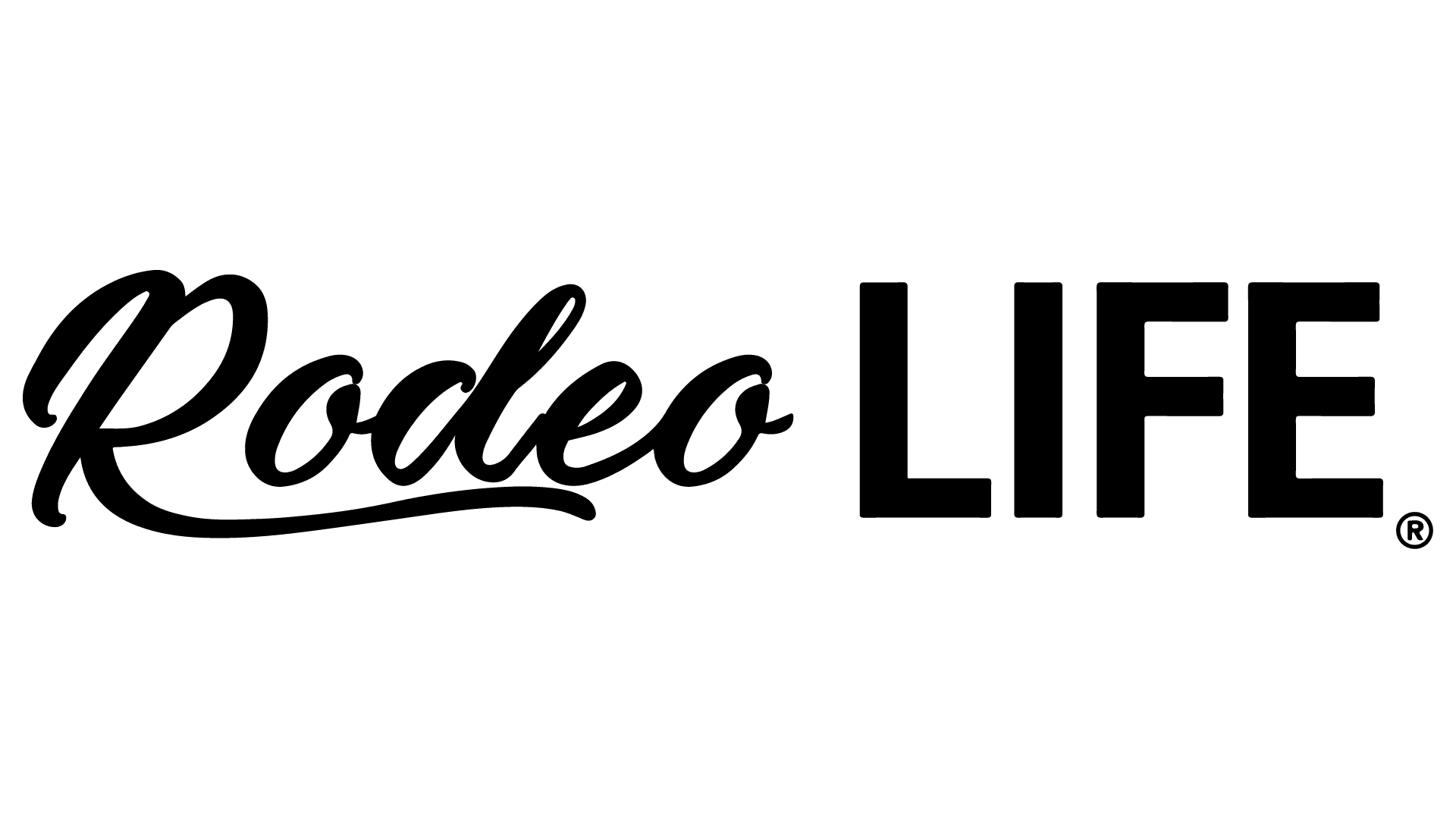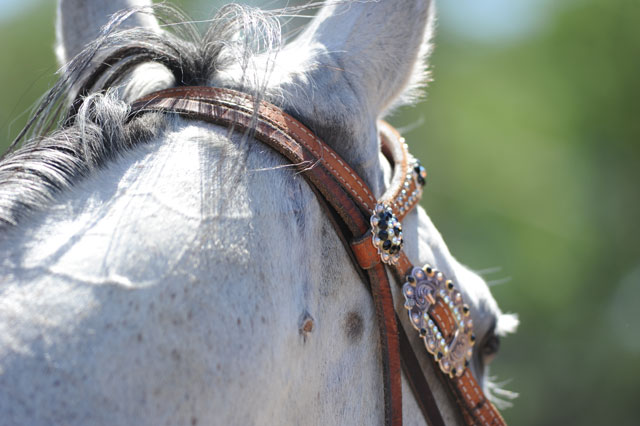CHAPTER 8
IMPORT RULES
Section 7. General import requirements.
(a)All Animals imported into Wyoming shall be accompanied by a paper or digital Interstate Certificate of Veterinary Inspection, and an Import Permit or Shipping Number when required, issued in compliance with these Rules and all applicable state and federal Animal health regulations,
Section 8.Interstate Certificates of Veterinary Inspections (ICVI) & Permits.
(a)ICVIs shall only be valid if properly issued by an Accredited Veterinarian or USDA/APHIS/VS veterinarian.
(b)ICVIs shall only be issued after a visual examination of all Animals intended for importation into Wyoming has been completed and all other requirements for identification, testing, treatment, vaccinations, and declarations are met.
(c)ICVIs are valid for thirty (30) days following proper examination of the Animal(s), unless otherwise specified by these Rules or by order of the Wyoming State Veterinarian.
Section 18.Requirements for the importation of Horses.
(a)An ICVI is required on all Horses entering Wyoming, unless excepted in Section 7(a)(i), (ii), (iii) or (iv).
(b)A negative Equine Infectious Anemia test performed within twelve (12) months prior to importation is required, except for foals six (6) months of age and less, accompanying and not yet weaned from their birth mothers.
Note: Wyoming is a Brand Inspection State, be prepared to meet all Inspection requirements.
EHV1 Fact Sheet
Developed by Dr Jim Logan and Dr Thach Winslow, WLSB veterinarians
Equine herpesviruses are very common DNA viruses in horse populations worldwide. We have had EHV1 (and other equine herpes viruses) in Wyoming for decades. Since 1998 we have had at least 20 isolated cases of EHV1/EHM.
The great majority of horses are exposed to equine herpes viruses early in life and will become lifelong latently infected (showing no signs of illness).
By 2 years of age, almost all horses have been infected with EHV1. The initial exposure generally occurs in foals from contact with their dams. The virus can then become latent setting up a carrier state that is life-long. Horses of any age that are carriers of EHV1 do not show any external signs of disease when the virus is in a latent form. The virus can be reactivated during times of stress, such as strenuous exercise, over exertion, long-distance transport, or at weaning.
EHV1 (equine herpesvirus-1) is one of a large group of DNA viruses causing potentially serious disease in equine species. EHV1 can cause four manifestations of disease in horses, including a neurological form known as Equine Herpes Myeloencephalopathy (EHM), respiratory disease, abortion, and neonatal death.
EHV1 is the primary cause of EHM which is most often due to mutant or neuropathogenic strains of EHV1, so called because of a particular mutation in the genome.
Another strain of Equine Herpes virus,EHV4 causes a nonfatal upper respiratory tract disease in foals and is uncommonly associated with abortion and rarely with neurologic disease.
In recent years, there has been a marked increase in the number of EHV1 cases, especially EHM, reported in the United States. There have also been several outbreaks of EHM at large horse facilities and events—at racetracks, horse show grounds, veterinary clinics, and boarding stables. The large number of horses that can be exposed on such premises and the serious nature of the disease have caused significant concern within the animal health community and the U.S. horse industry.
EHV1 is contagious and is spread by direct horse-to-horse contact, by contaminated hands, equipment and tack, and, for a short time, through aerosol dissemination of the virus within the environment of the stall and stable. Horses may appear to be perfectly healthy yet spread the virus via the secretions from their nostrils.
The initial clinical signs of the infection may be nonspecific and include fever of 101.5°F or greater. Fever may be the only abnormality observed. Other presenting signs may be combinations of fever and respiratory symptoms of nasal discharge and cough. Some horses have reddish mucous membranes.
Horses with neurological disease caused by EHV1 infection can soon become uncoordinated and weak and have trouble standing. Difficulty urinating and/or defecating may also occur. Often the rear limbs are more severely affected than the front. Signs of brain dysfunction may occur as well, including extreme lethargy and a coma-like state.
The incubation period of EHV-1 infection is HIGHLY VARIABLE, depending on the host, on the virulence of the virus, and on environmental and other factors such as stress. The AVERAGE incubation period is 4 to 7 days, with the majority of cases being 3 to 8 days, but with some taking up to 14 days. When neurological disease occurs, it is typically 8 to 12 days after the primary infection involving fever. In most cases, horses exposed to EHV1 will develop a fever and possibly nasal discharge and then go on to recover without developing more serious symptoms.
There are many steps horse owners can take to help prevent the spread of EHV-1.
- Stop horse movement if your animals may be infected with EHV1. This is the most important first step horse owners can take. Horses should neither enter nor leave a premises where EHM has been diagnosed until cleared by the veterinarian.
- Do not allow horses exposed to EHM case(s) to have contact with unexposed horses on the premises.
- Isolate sick horses. Horses that have aborted or shown signs of fever, respiratory disease, or neurologic disease should be separated from healthy horses. Ideally, the sick horse(s) should be moved into a separate building or paddock on the premises, or be transported to a veterinary hospital with an isolation facility.
- Do not share equipment among horses on the facility. Since this virus can be spread from horse to horse via contaminated objects such as water/feed buckets or bridles, equipment should not be shared among horses.
- Practice proper biosecurity measures to prevent spreading the virus.
**The WLSB has produced and distributed an educational brochure entitled Equine Herpes Virus; Prevention Tips for Exhibitors & Event Managers to help horse owners and event managers understand the disease and ways to help prevent it.
For more information, contact the Wyoming Livestock Board: 307-777-7515









